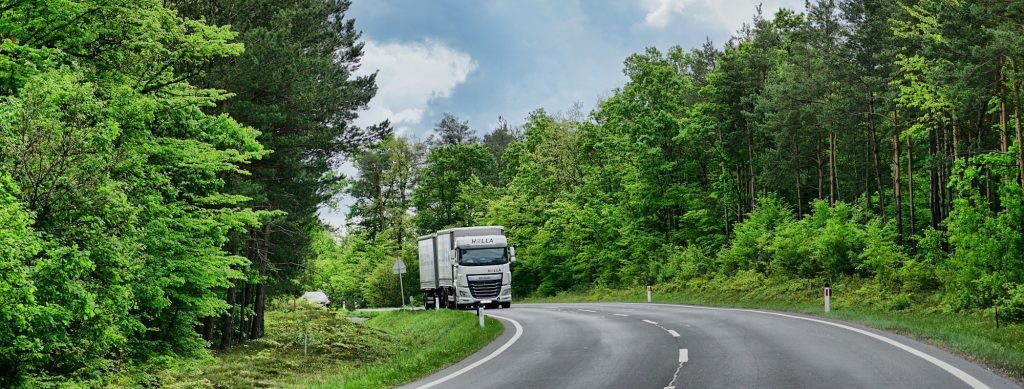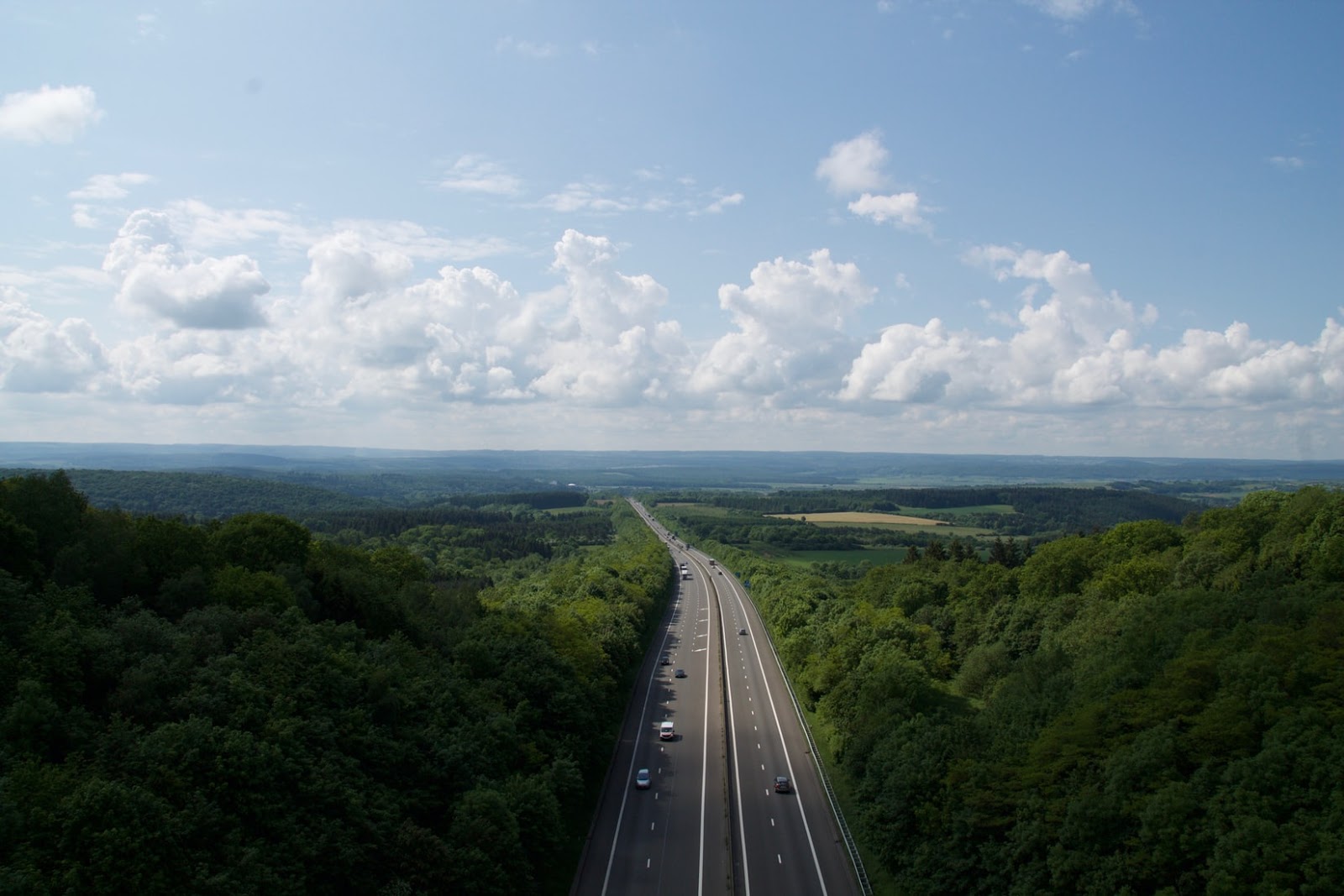9 ways to implement fuel-efficient driving practices
‘Going Green’ is a term that has increased in use in recent years with the rise of sustainability. Each year, more and more people are taking steps to become eco-friendly; from using reusable coffee cups to cutting out meat from their diet. With pressure building from the Government, businesses are taking steps to help raise awareness of sustainability and ensure that they are implementing sustainable fuel-efficient driving practices. It has been highlighted by the Government that, although freight transport is vital for economic growth, transport as a whole has significant environmental impacts. In the UK alone, transport is estimated to account for approximately one-fifth of the UK’s greenhouse gas emissions.
With this information, commercial fleet companies often feel pressure from the Government and consumers to implement more eco-friendly practices. One of the best ways we can help to become more sustainable is by decreasing our fuel consumption. Using too much fuel can promote unsafe driving and is bad for the environment, but it can impact the businesses’ operating costs massively. It is estimated that fuel can equate to 30% of the total operating costs of a commercial fleet. As professional drivers, you can help promote fuel-efficient driving and inspire others to drive better by making small changes.

Here are 9 ways to become more fuel-efficient while driving:
1. SMART BRAKING
Every time you brake, you consume fuel. However, harsh braking will use up a lot more fuel than necessary. On top of this, harsh braking can sometimes be a result of unsafe driving as it is relying on the driver to react in time rather than being prepared for sudden changes. Instead, keep a safe distance from the vehicle in front, which will allow you to anticipate potential hazards and slow down safely in time.
2. USE MOMENTUM
Trucks are becoming more technologically advanced which is helping us drive smarter; you can find out more about this in our blog ‘Truck Safety Technology to Improve your Haulage Journey’. As an example, once the driver takes their foot off the accelerator the fuel stops entering the combustion chamber. Therefore, we are able to drive and maximise our fuel tank and the speed gathered through acceleration can be used to help save fuel. As we mentioned before; using momentum, keeping a safe distance and having more time to anticipate hazards will mean we can use the brake less and less.
3. USE YOUR GEARS WISELY
We all understand that the faster we drive, the higher the gear we should be in. Some of us move up one gear at a time, but this can actually cause more fuel wastage. To improve your fuel economy, skip gears and stay in the highest gear possible for the majority of your journey, especially when travelling on motorways. The rule is: the quicker you reach the top gear, the better!
4. STAY AT A CONSISTENT SPEED
It is common knowledge that speeding above the legal speed limit can cause serious accidents but it can also increase stress on the engine and waste fuel. When driving on the motorway, accelerate slowly and keep to a consistent, lawful speed to help maximise your fuel.

5. EXHIBIT BETTER CLUTCH CONTROL
Revving your engine is one of the biggest causes of fuel wastage, especially when driving slowly. Unnecessary revving also increases wear and tear on the pads and engine, which can also cost the business if done too often. When entering the motorway, slowly accelerate to a safe speed to avoid these issues.
6. CHECK YOUR TYRE PRESSURE
Having low tyre pressure can increase rolling resistance as well as wasting valuable fuel. Not only is it the law, but keeping your tyres at the optimal pressure with the correct tread is critical to drive the truck safely and improve fuel economy.
7. TURN OFF YOUR AIR CONDITIONING
Although we are in the midst of winter, this is worth keeping in mind as we approach the summer months. The air conditioning feature in your vehicle puts extra pressure on the engine which uses up a high amount of fuel. Not only does this cost money, but it also increases emissions. If you need to use the air-con, it’s best to use this at high speeds as it puts less pressure on the engine. For slower speeds, it is best to open a window slightly for cool, fresh air so that the engine doesn’t have to work as hard. Implementing this on your driving shifts can reduce fuel consumption by 10%.
8. AVOID UNNECESSARY IDLING
Keeping any vehicle idle for longer than necessary, for example when you are parked up, will not only waste fuel, but it also increases the emissions and pollution. It is estimated that heavy-duty trucks can account for 26.2% of C02 emissions within Europe. In larger cities, you may be fined for leaving your vehicle idle due to a crack-down on air pollution, idling cannot be helped in situations like crawling traffic but if you know you are going to be static for long periods of time, turn off your engine.

9. HEAT UP YOUR TRUCK
It may seem like a contradiction to the previous point, but it is sometimes necessary to heat up your truck during this time of year, where temperatures often plummet to below zero. There are ways you can keep warm in winter without wasting fuel. Before setting off on your trip, allow the truck to gradually heat up for around five minutes and avoid revving while the truck is heating up as this puts more pressure on the engine and therefore uses up more fuel. However, don’t let your engine idle for extended periods of time.
We understand it can be difficult to follow these tips in all situations as road circumstances change all the time. For example, you can’t drive economically efficient and sustainably when stuck in a traffic jam. However, it is important to be mindful of these tips when on shift.
If you are an experienced HGV driver and have any other useful tips for other drivers over the winter period, please share with us on Twitter by tagging us at @stoneridge_uk.
